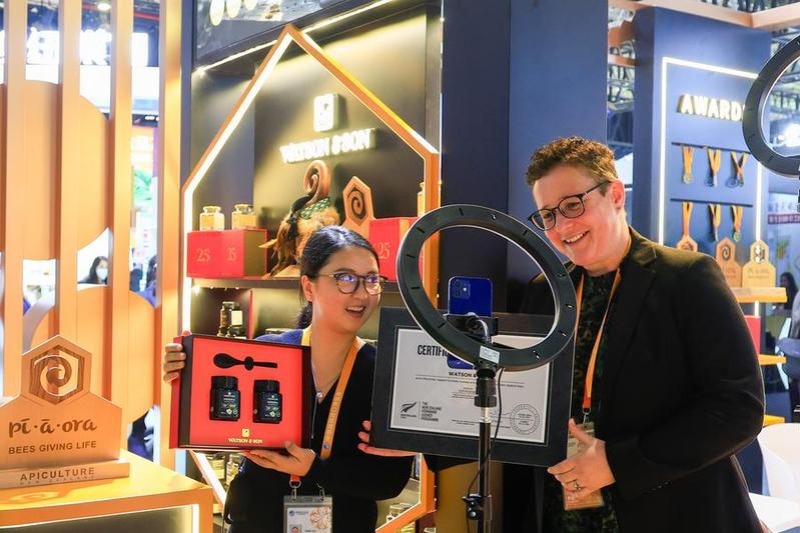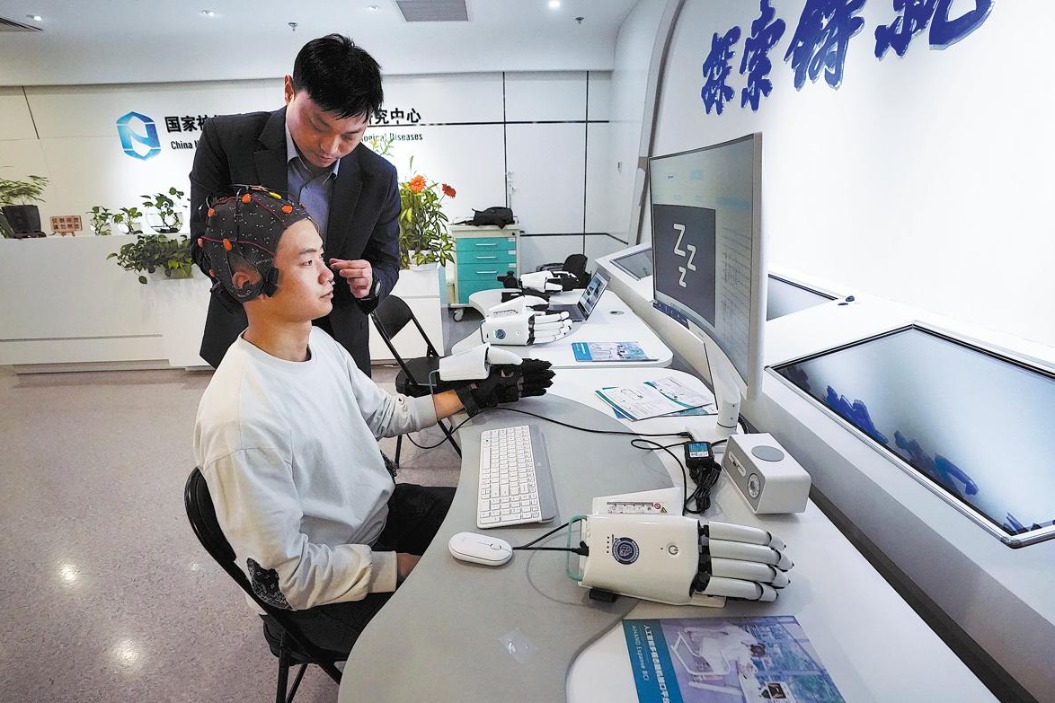Microchips identify giant panda cubs
By Huang Zhiling | chinadaily.com.cn | Updated: 2018-03-21 20:20

Wan Yongqing, a middle-aged photographer in Beijing, frequently visits Southwest China's Sichuan province to take pictures of giant pandas.
But the panda fan feels it's a shame he cannot tell one panda from another. "All of them look the same with the colors of black and white," he said.
His sentiment is shared by many panda keepers in Sichuan, which is home to more than 80 percent of the world's pandas.
"A keeper is familiar with the panda he or she attends. But it is very likely he or she cannot distinguish other pandas," said Wang Chengdong, head of the animal hospital at the China Conservation and Research Center for the Giant Panda in Wenchuan county, Sichuan.
Now that embarrassment can be mitigated, thanks to a microchip the center is injecting under the skin of panda cubs.
The size of half a grain of rice, the microchip contains a unique identification code. With a sensor to scan the code, a center staff member can retrieve the panda's basic information, like its name, age and health records, Wang said.
Thanks to the code, a staff member can have access to more detailed records stored on a computer database to better analyze and manage a panda's health.
It takes only seconds to inject a microchip and the process does not harm a cub. "It is just like injecting medicine into a human with a syringe," Wang said.
According to Li Desheng, a senior researcher in the center, all 17 panda cubs born last year at the Shenshuping base in the Wolong National Nature Reserve in Wenchuan have had microchips implanted.
It is easy to inject microchips into a cub aged about one year because the cub can stay put, Wang said, adding that his center will inject microchips in all its pandas, cubs and adults.
Boasting the largest captive panda population in the world, the center is home to 270 pandas, according to the latest statistics released at the end of last year.
Since 2006, the center has released nine pandas into nature to enlarge the wild panda population. Two perished in the wild but the rest are alive, according to the GPS tags around their necks.
As the GPS tag may fall apart, the center has injected microchips into all the released pandas. They are invaluable in identifying released pandas because almost all the pandas from the center have been released in the Liziping Nature Reserve in Shimian county, Sichuan.
Without a microchip, researchers would not know who's who when they recapture pandas for a physical check-up. That is because so many pandas have been set free in Liziping, Wang said.
On Dec 28, the center captured a panda in Liziping. Thanks to the microchip, researchers discovered it was Tao Tao, a male panda set free at age two in 2012. Tao Tao was found to have gained a weight of 73 kilograms and was in good health.
The microchips are nothing new. They have been used by pet owners in the West at least a decade ago to identify beloved dogs and cats, Wang said.
Each microchip contains information on the pet's owner. If a dog or cat is lost and finds its way to an animal rescue center, the information can help reunite the pet and its owner.
























